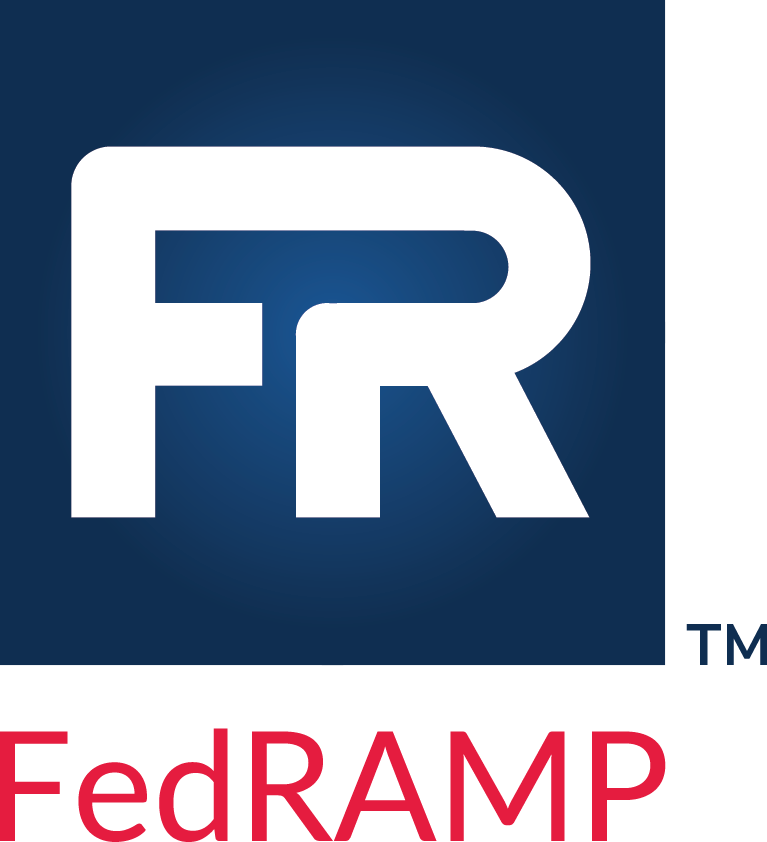Release Strategy and Versioning
There are a number of resources used by FedRAMP partners in efforts to get authorized, stay authorized, or use authorized cloud services. These resources include:
- NIST Special Publication (SP) 800-53 catalog revisions
- NIST SP 800-53B baseline revisions
- NIST SP 800-53A assessment procedure revisions
- NIST OSCAL releases
- FedRAMP baseline revisions
- FedRAMP OSCAL guide updates
- NIST and FedRAMP OSCAL validations
- A variety of FedRAMP guides and templates
There is a need to coordinate each set of changes across these resources using a unified versioning approach that aggregates these changes into a single FedRAMP version. A FedRAMP version will provide a stable revision that can be identified in FedRAMP packages, continuous monitoring data, and tools that support the creation and maintenance of these data sets.
This FedRAMP versioning strategy will:
- Allow versioned resources to move as a unit within a given release.
- Support incremental change over time in versioned resources.
- Provide content and semantic compatibility tied to a specific version, allowing version-based data to be used by different tools.
- Minimize disruption for tool maintainers by indicating when a major change is compatibility breaking.
Semantic Versioning (SemVer) is used as a common practice to version software. Using SemVer, version numbers convey meaning around the degree of compatibility resulting from modifications made to the underlying code or tool.
A SemVer version is the combination of MAJOR.MINOR.PATCH as follows:
- Incrementing the MAJOR version indicates significant incompatible changes.
- Incrementing the MINOR version adds functionality in a backward-compatible manner.
- Incrementing the PATCH version indicates backward-compatible bug fixes.
Versioning Examples
Examples of FedRAMP using SemVer in a sequence:
3.0.0(MAJOR: 3, MINOR: 0, PATCH : 0) indicates the MAJOR release 3.3.0.1(MAJOR: 3, MINOR: 0, PATCH : 1) indicates the first PATCH release for MAJOR release 3.3.1.0(MAJOR: 3, MINOR: 1, PATCH : 0) indicates the first MINOR release for MAJOR release 3.
fedramp-2.0.0-oscal-1.0.4). All subsequent releases will use version tag described above.
The following illustrates some drivers that will motivate specific version changes. OSCAL data within a release will use oscal-version in metadata to identify the minimally required version.
PATCH
A PATCH is used to indicate when a defect is identified that prevents the creation or use of data.
Incrementing the PATCH segment will occur in the following cases:
- SP 800-53 catalog: Editorial corrections to the text of an SP 800-53 control that do not change the control’s meaning.
- NIST OSCAL: An OSCAL PATCH release.
- FedRAMP OSCAL Guides: Corrections to a guide that do not change the meaning of a requirement, such as fixing an obvious error or improving understanding.
- NIST and FedRAMP OSCAL validations: Corrections to address validation false positives.
MINOR
A MINOR version change is used to signal the addition of a new, optional data feature.
Incrementing the MINOR segment will occur in the following cases:
- SP 800-53 catalog: The addition of a new control or control enhancement.
- SP 800-53B or FedRAMP baseline: The addition or removal of a control from a baseline.
- NIST OSCAL: An OSCAL MINOR release.
- FedRAMP OSCAL Guides: The addition of new guidance that does not change a requirement.
- NIST and FedRAMP OSCAL validations: Changes to validations that do not change a requirement.
MAJOR
A MAJOR version change is used to signal backwards incompatibility.
Incrementing the MAJOR segment will occur in the following cases:
- SP 800-53 catalog: Removal of a control or control enhancement, or a change to the meaning of a control or control enhancement.
- NIST OSCAL: An OSCAL MAJOR release.
- FedRAMP OSCAL Guides: Changes to a guide that change a requirement or that fix a non-obvious error.
- NIST and FedRAMP OSCAL validations: Changes to validations that change a requirement.


